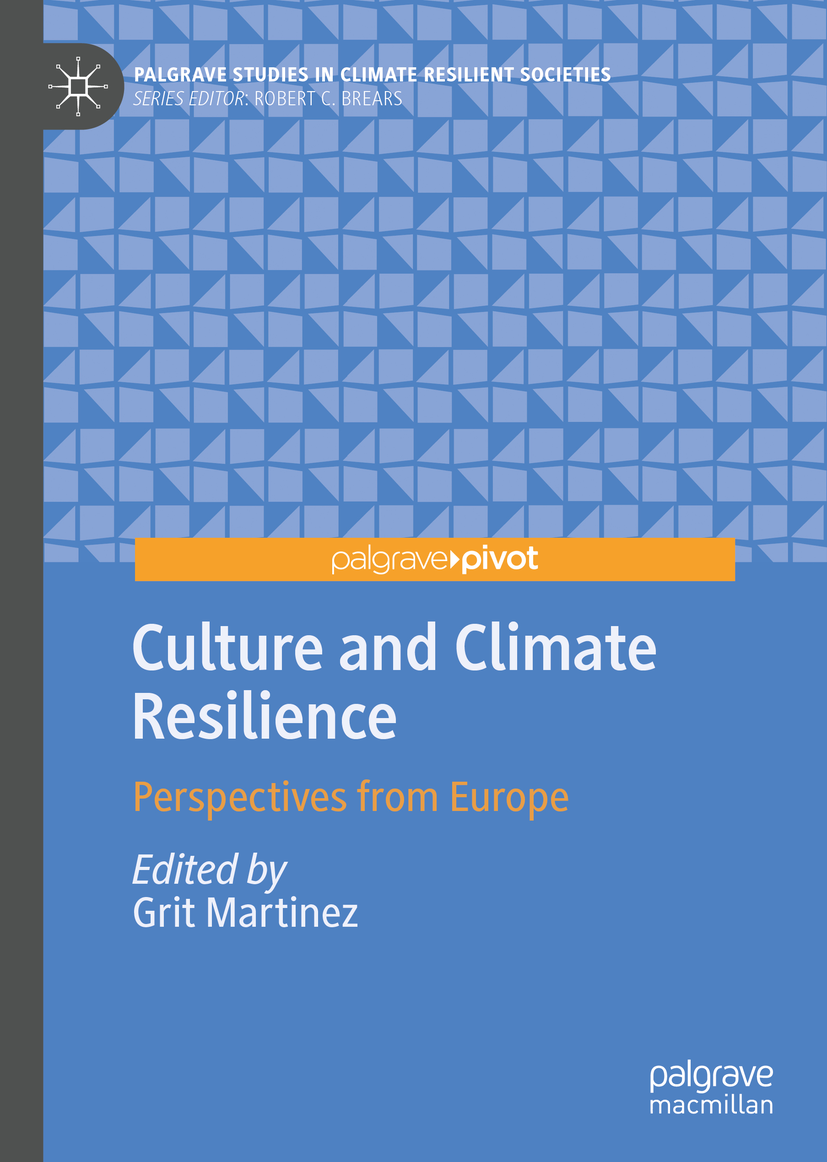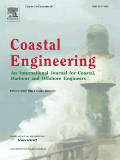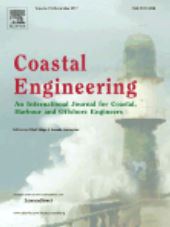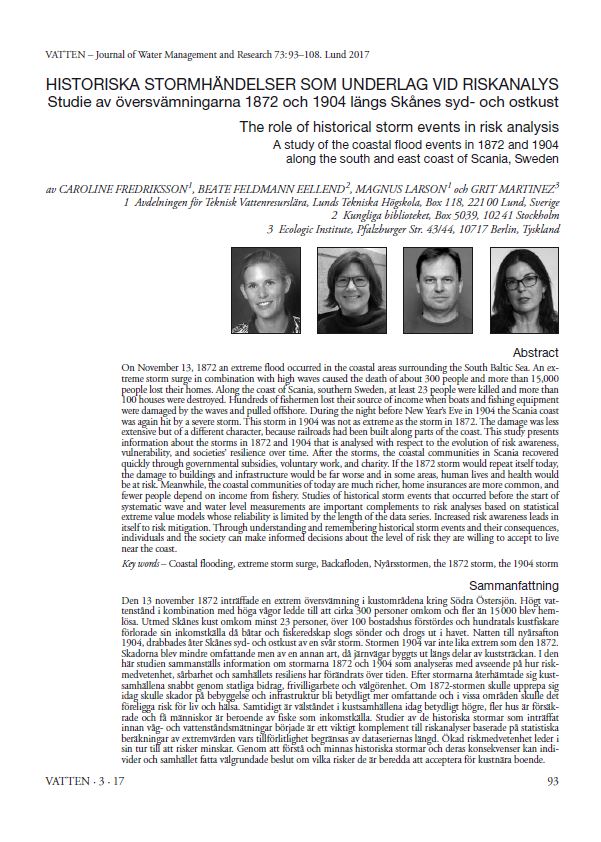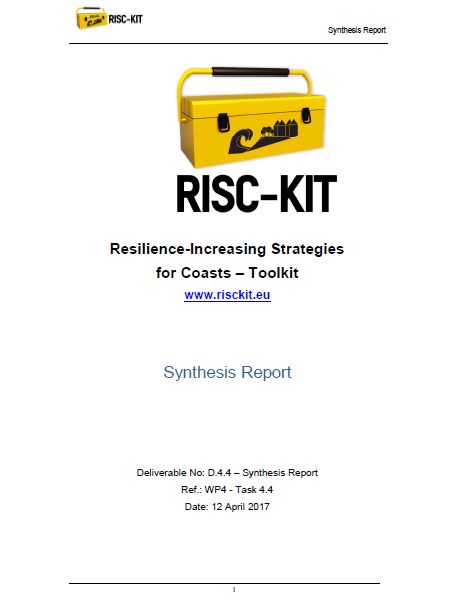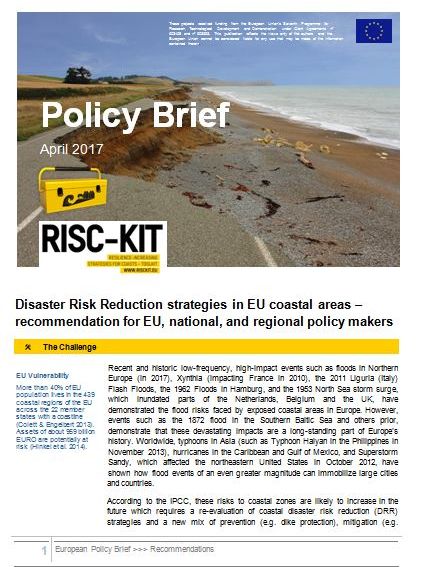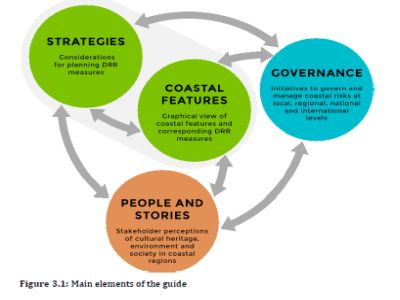A Comparison of Local Adaptation Strategies - Results from a Qualitative Data Analysis of Nine Coastal Adaptation Strategies
- Presentation
- Date
-
- Location
- Copenhagen, Denmark
- Speech
As part of the European Climate Change Adaptation Conference (ECCA) 2015, Dr. Grit Martinez of Ecologic Institute chaired the session, "Safeguarding our Shores: Social and Cultural Dimensions of Coastal Climate Change Adaptation in Europe and the United States." During the session the origins and meanings of flood protection programs, adaptation measures and strategies in the Netherlands, the UK, Germany and the US were discussed. Dr. Nico Stelljes provided a presentation about local adaptation strategies. The presentation is available for download.
Dr. Nico Stelljes (Ecologic Institute) reported about an analysis of nine adaptation strategies of coastal communities in Europe, the U.S., Canada and Australia. The presentation was based upon a short report, published within the project RADOST. The report, only in German, can be downloaded from the RADOST-Website. Based on four hypotheses, a qualitative data analysis of the strategies was undertaken. These strategies were adopted in different cities or regions across coastal communities in Europe, the U.S., Canada and Australia between 2009 and 2013.
To examine the strategies, six categories were developed in which the content could be clustered. The categories (e.g. descriptive information; adaptation measures, resources and challenges or monitoring) outlined the presentation. All strategies showed local impacts of climate change and structured these impacts and adaptation in most cases by a sectoral approach. Concerning actual adaptation measures, the strategies varied in the number of proposed measures. For example in the strategy of Saanich (Canada) 87 different measures were identified. For Rostock (Germany) 71, and for Melbourne (Australia) 75 measures were identified. Most of them have the intention to either raise awareness or to reduce risks concerning the climate change. Interesting to see is that for a lot of measures a potential co-benefit was mentioned. Also, most strategies addressed in some way the issue of monitoring. For Copenhagen (Denmark) it was stated to revise the strategy every four years, for Santa Cruz (USA) a five-year revision was stated.
The aspect of monitor the strategy is a very important factor to measure the success of the strategy. A strategy does not automatically lead to implemented adaptation measures. The strategy is just one step to become a climate resilience city or region. Monitoring therefore allows decision makers to measure the success of the strategy.




